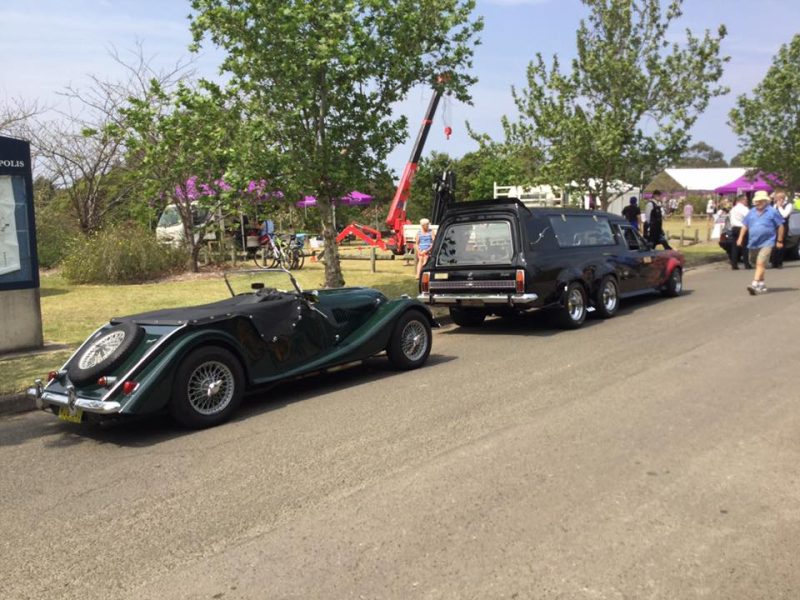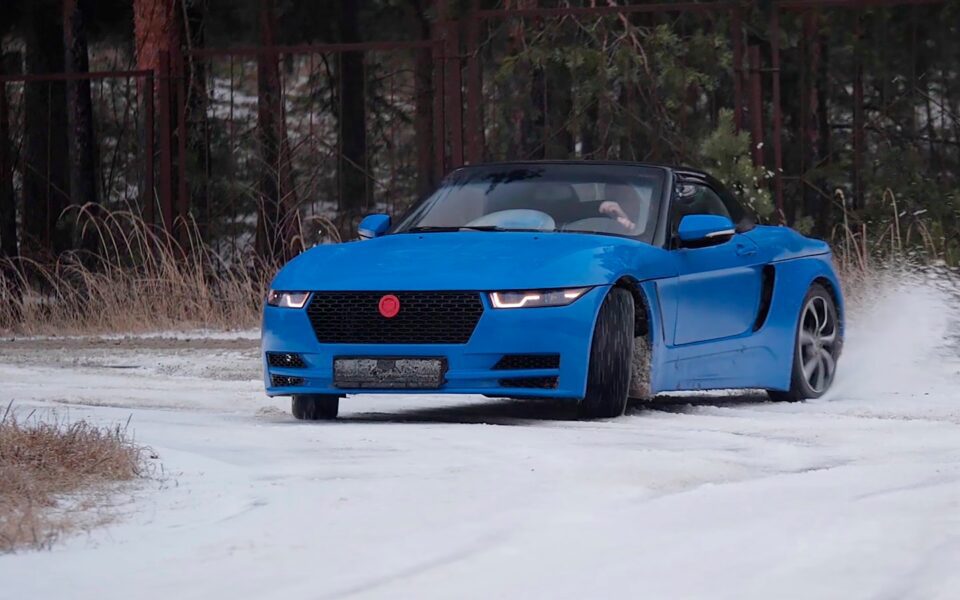
Test drive of the roadster "Crimea"
Having burned themselves on "Marusya" and "Yo-mobiles", the public no longer believes in another automobile start-up from Russia. We figured out what the Crimea project is, how the work on the car is going and what are its real prospects
Do you want straight away and honestly? During the shooting, I dashed off hundreds of one and a half kilometers on this roadster, and I really liked it. Not like a running model, which after countless "we will finalize here", "we will redo this here" and "everything will be different here in general" may someday turn into a car. In its basic qualities "Crimea" is good already now.
Of course, you get behind the wheel with so much skepticism that the cramped interior is bursting at the seams. How else? After all, this is only the second running prototype, assembled by hand by some students, and it has already been announced that the design of the next version will be radically revised - until it is completely unrecognizable. With such introductory notes, you expect that if the car, in principle, goes somewhere, this is already good, and if it does not break down during the day, you can open champagne.
But it was already dark, and I do not want to get out from behind the wheel. I am ready to push the accelerator further, rejoicing at the clear response of the 140-horsepower engine: how dashingly it accelerates this 800-kilogram blue baby! In the right hand there is a tight and clear lever of the five-speed "mechanics", behind the ear there is a gambling rumble with a hoarseness, and under the ass there is a dense and surprisingly harmonious chassis, which is not frightening even on the snow-icy disgrace that we got today instead of the road.
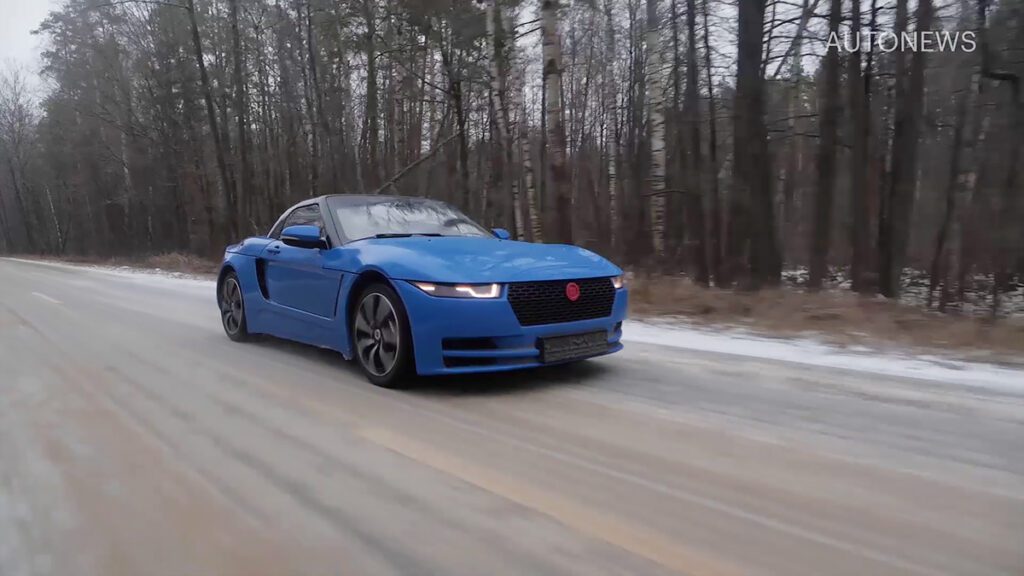
The dense, but energy-intensive work of the suspensions is logical: yes, there are different springs and shock absorbers here, the geometry has been greatly revised, but in fact these are standard elements from Kalina / Granta, in which resistance to our terrain is at the genetic level. But after all, the body of its own design, based on a steel spatial frame, keeps a stiff upper lip - no slackness, no parasitic vibrations. The designers say that the torsional rigidity is close to the serial Vesta - for an open car, where the removable plastic roof carries almost no power load, this is an excellent result.
I like the mischievous, light reactions in response to steering. I like the correct mid-engine balance, when even on a slippery road, "Crimea" does not try to pass the front wheels past the trajectory. I like how recklessly he gets up sideways under the addition of gas - and how understandably slips, despite the free differential on the drive axle.
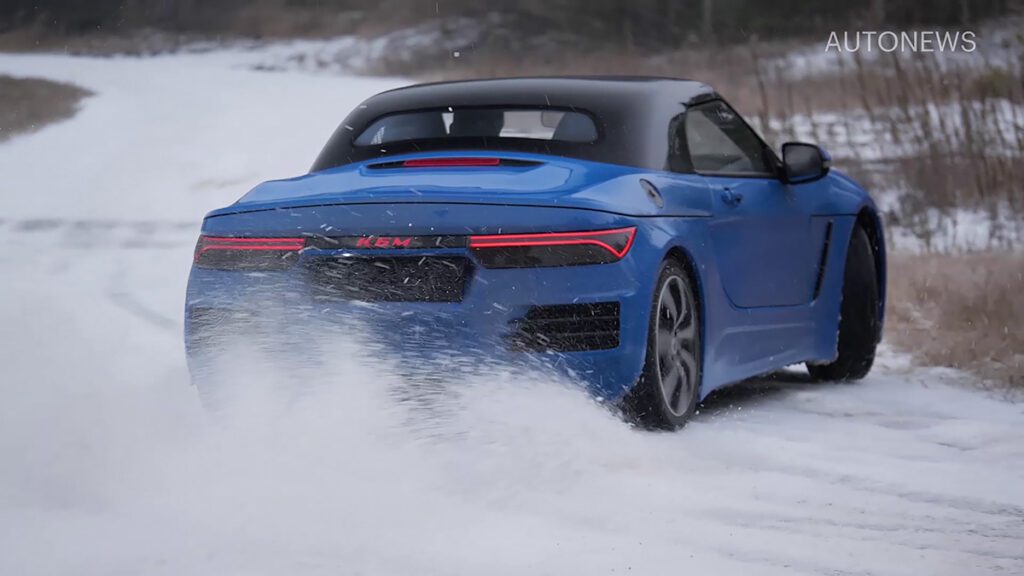
Much and dislike too. Indistinct feedback and a blurred "zero", inherited by the roadster along with the standard Kalinovskiy steering. JBT front brakes are too powerful, which constantly lock and destroy harmony. Claustrophobic interior and cramped pedal assembly in which winter boots get stuck every now and then. A mixture of salt, reagents and the hatred of road workers towards us, motorists, dripping onto the sleeve. Yes, the cracks in the windows could have been smaller. But these are just minor and completely solvable problems.
"Crimea" of the new, third in a row version has already been invented: it will have a much more spacious interior, a completely different power structure, and even getting to the bottom of the build quality at the prototyping stage is completely ridiculous - pre-production samples from large companies are sometimes amazing and not so shoals. And here we come to the most sensitive question: will it be in general, this series?
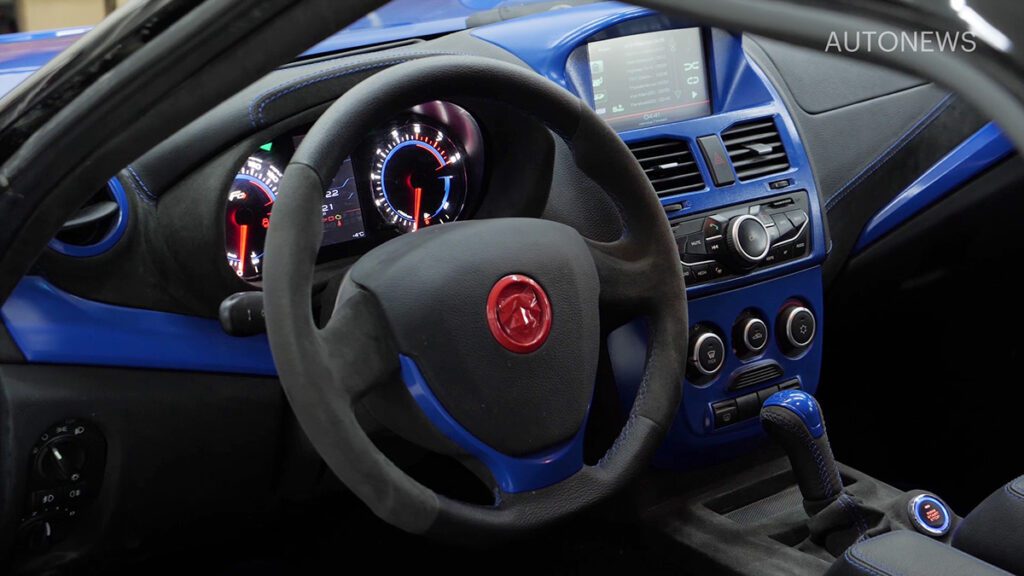
Right now, we can only say for certain that work in this direction is being carried out with all seriousness. The design of the roadster is carefully calculated on the computer - both in terms of strength and passive safety, as well as in terms of aerodynamics, cooling and more. A "live" crash test has already been carried out on the front of the new power structure - to verify that the calculations correspond to the real results. In the third generation frame design, the standard square metal profile largely replaces the box-type welded structures made of steel sheet - so, with the correct calculation, it turns out to be both stronger and lighter. Plus laser cutting, high-precision welding and computerized tolerance control - everything is grown-up.
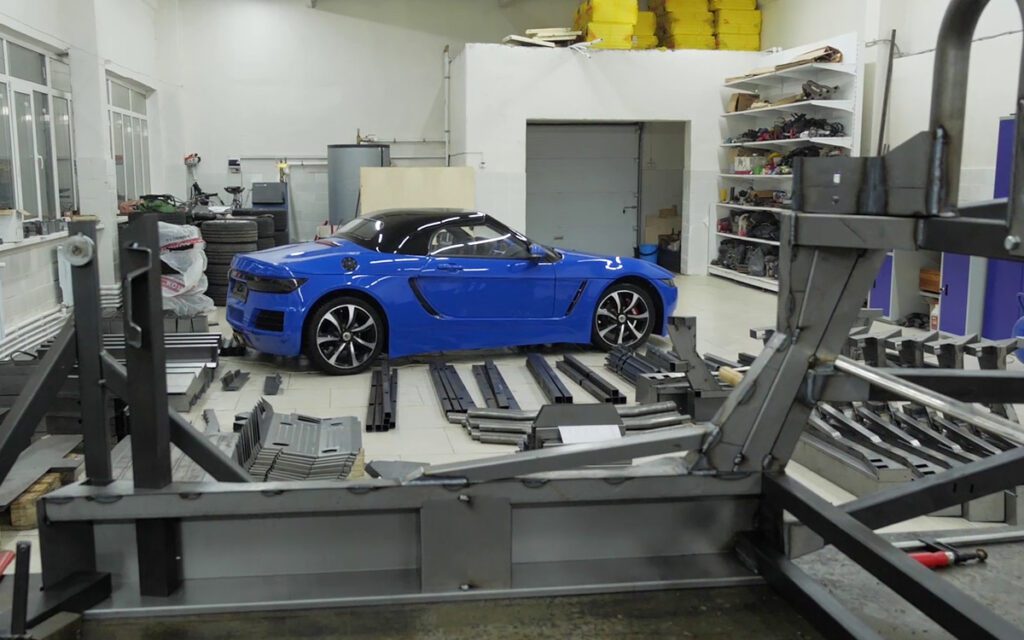
In addition, Crimea is being created for certification in accordance with all the rules, with the receipt of a full-fledged OTTS - this means that it will have both ERA-GLONASS and security systems from the Granta / Kalina family, including front airbags and ABS. The creators generally try to interfere as little as possible with the standard units from Lada: for example, they ask for a shorter and sharper steering rack here, but if you do one, you will have to certify it separately, which will automatically complicate the process and raise the price.
And the price, frankly, looks incredible: $ 9 - $ 203 for a finished car. And the creators are sure that they can fit into this budget, because in fact the “Crimea” is an inverted “Grant”: the frame and plastic body are their own, the layout is mid-engine and rear-wheel drive, but almost all of the iron is Togliatti. Suspension, brakes, steering, most interior elements, electrics, transmission and motor - all from there. By the way, the engine on the production version will be simpler: the prototype has a boosted engine from the piece Kalina NFR, and a car with a standard 9-horsepower VAZ-861 unit should go into production. From which, however, people have long learned to extract additional power.
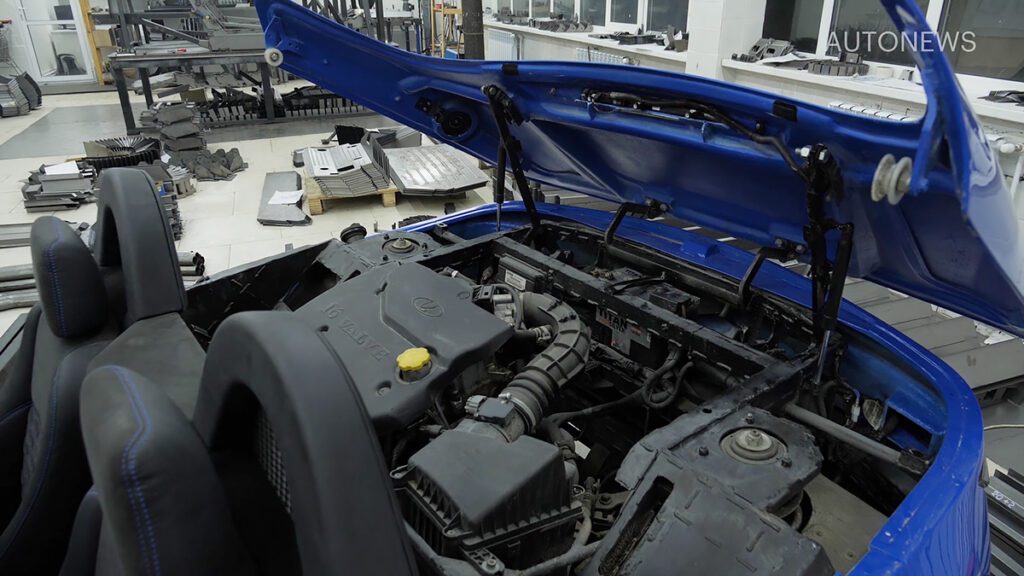
What can go wrong? Much more than you want. For example, the price tag has been drawn up on the assumption that AvtoVAZ will agree to supply components at cost, but so far Togliatti is not enthusiastic about this. And not even out of their own greed: why would the owners from Renault-Nissan simply support an independent Russian manufacturer?
And it is also unclear where these roadsters are to be made, how to certify production, how to establish a dealer network, service and warranty service ... This is not to mention the fact that even with the certification of a car, problems may arise. More precisely, they can be created. In general, the topics are sensitive. So much so that even the head of the Crimea project, Dmitry Onishchenko, has no clear answers - for a second, advisor to the general director of NAMI.
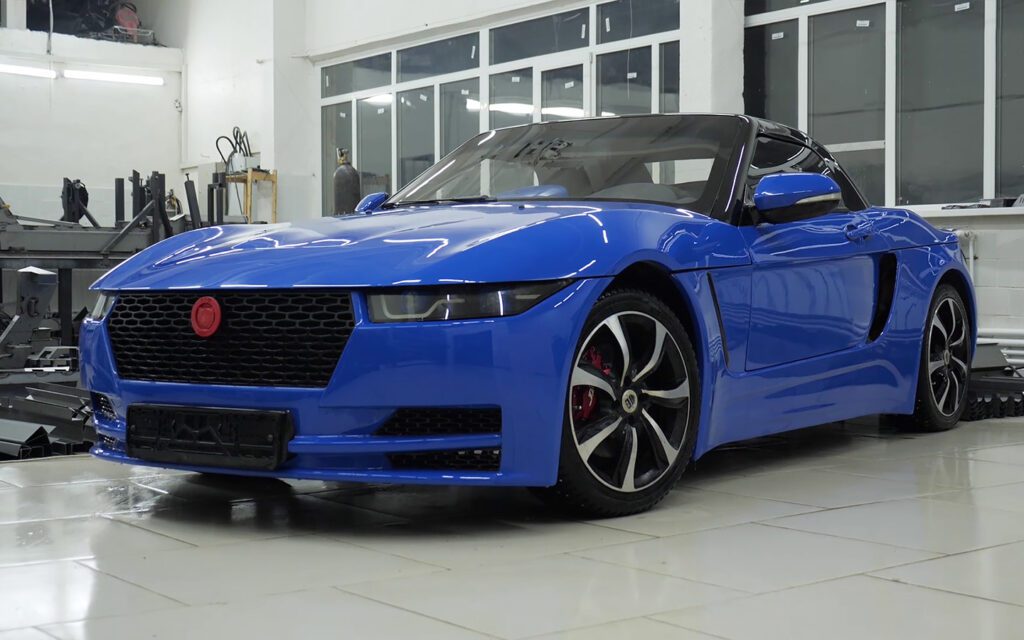
He is also a doctor of technical sciences, professor of the Piston Engines Department of the Bauman Institute, director of the Formula Student program - and a person who has been managing a small design bureau based on the same Baumanka for more than ten years. This is an independent and quite successful business: the bureau carries out engineering orders, develops and installs sets of special equipment for police and Emergencies Ministry vehicles - with this income, which is invested in the development of "Crimea".
You understood correctly: the project is completely independent, there are no government subsidies or millions from another oligarch. And the funds spent on the development and fine-tuning of the car will not be taken into account in the final cost - and therefore the same $ 9 may turn out to be real.
The third phase of development followed a completely new scenario: it goes far beyond the walls of Baumanka. 25 ready-made frames will be sent to various Russian universities, where already local teams of students will start looking for their own approaches, suggesting their own ideas for design, interior decoration, and technical stuffing. As planned, these disparate cells will exchange information with each other, establish interaction - and in the future they will form something like a large decentralized design bureau, which will be able to take on really large projects. And "Crimea" is just a tasty bait for young talents. After all, working on a stylish sports car, on which you can drive yourself, is much more interesting than working on a conventional wing from a conventional airplane.
So if I had my way, I would rename this car "Tao". After all, the path here is the goal: to learn how to develop machines, bring them up, alter them, bring them up again, certify, prepare for production, fill in a million unexpected cones in the process - and in the end come to something that no one even knows about.
Therefore, the truthful answer to the question: "What is this project?" sounds like this. This is a way to make money. In the long term - money, but now - experience, brains and competencies, and certainly not at our expense. And if the creators manage to drag “Crimea” into production specifically, I personally would not mind voting for it with a dollar. Because he's really good right now.
